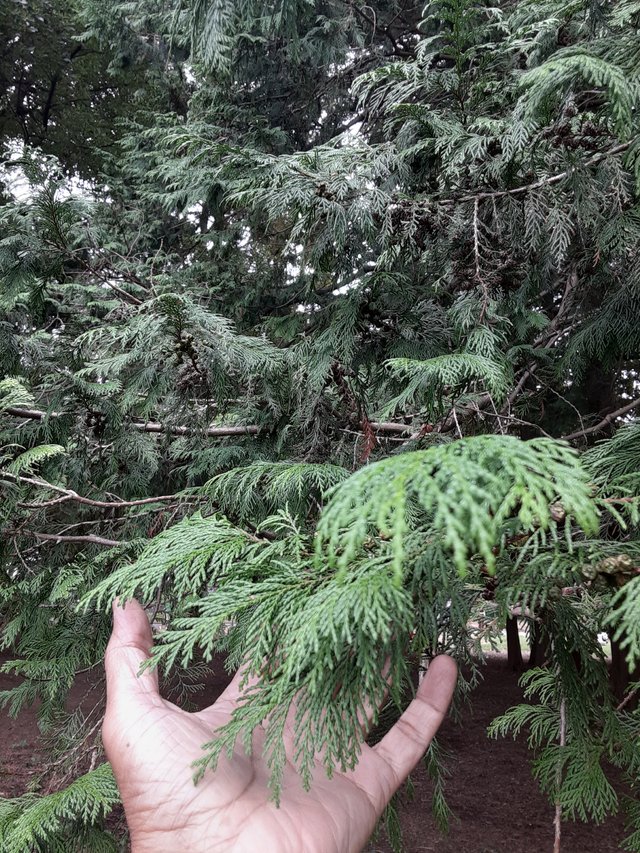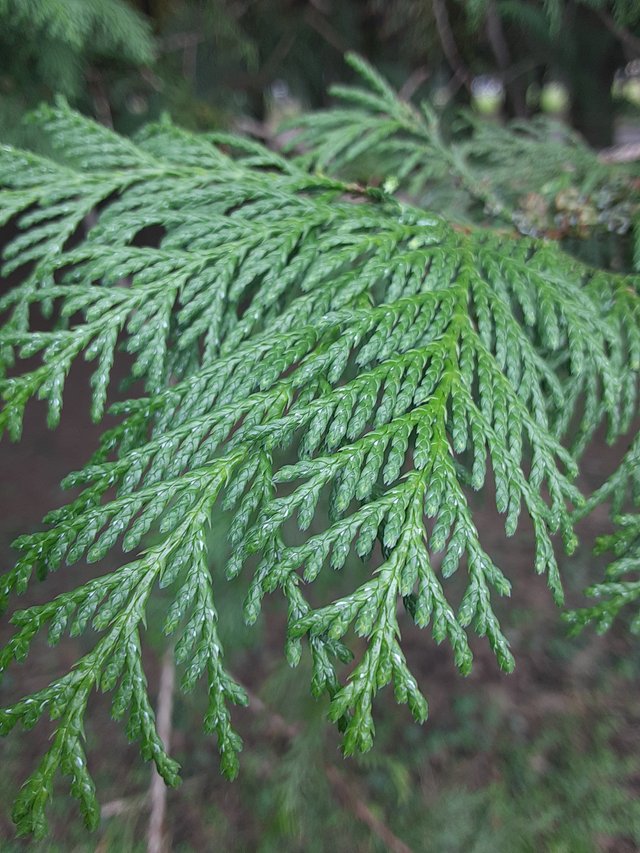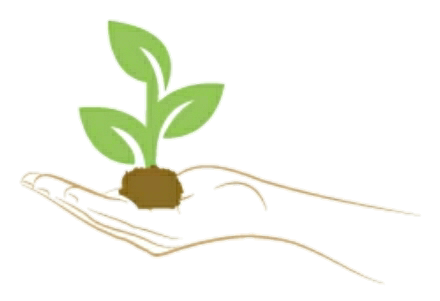
Thuja plicata, commonly known as the Western redcedar, is a large evergreen tree native to western North America, primarily found in the Pacific Northwest region. It's a member of the cypress family and is renowned for its distinctive aroma, reddish-brown heartwood, and long, slender leaves.
Leaves: The leaves of the Western redcedar are flat, scale-like structures that are tightly pressed against the twigs. They are typically a deep green color on the upper surface and a pale green or whitish on the underside. This coloration is due to a layer of tiny wax crystals on the underside of the leaves, which helps to reduce water loss.
Arrangement: The leaves are arranged in opposite pairs, creating a distinctive, overlapping pattern. This arrangement allows the leaves to capture maximum sunlight for photosynthesis while also providing some protection against moisture loss.
Texture: The leaves have a soft, feathery texture, which contributes to the tree's overall beauty. When crushed, the leaves release a pleasant, aromatic fragrance, often described as similar to that of cedarwood. This aroma is due to the presence of essential oils in the leaves.

Size and Growth: The Western redcedar is a large tree, capable of reaching heights of up to 200 feet (60 meters) and diameters of 8 feet (2.4 meters). It is a slow-growing tree, but it can live for several centuries.
Uses: The Western redcedar is a valuable timber species, prized for its rot-resistant heartwood. It is used for a variety of purposes, including construction, furniture, and shingles. The tree's bark is also used to make baskets and other items. In addition to its practical uses, the Western redcedar is a popular ornamental tree, often planted in gardens and parks for its beauty and fragrance.
Ref.:
 |  |
Upvoted! Thank you for supporting witness @jswit.
Downvoting a post can decrease pending rewards and make it less visible. Common reasons:
Submit